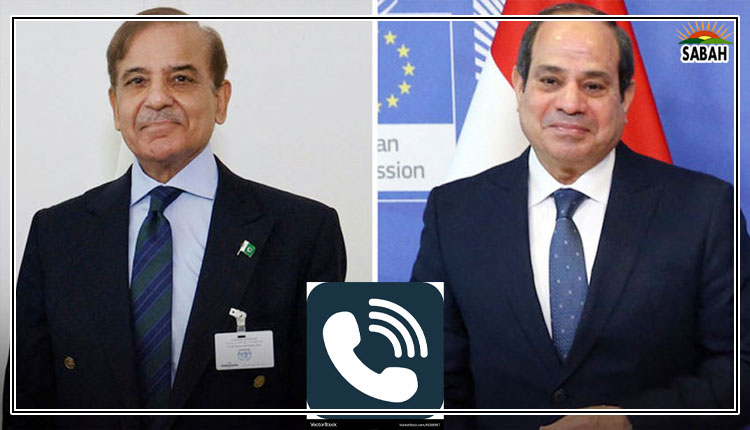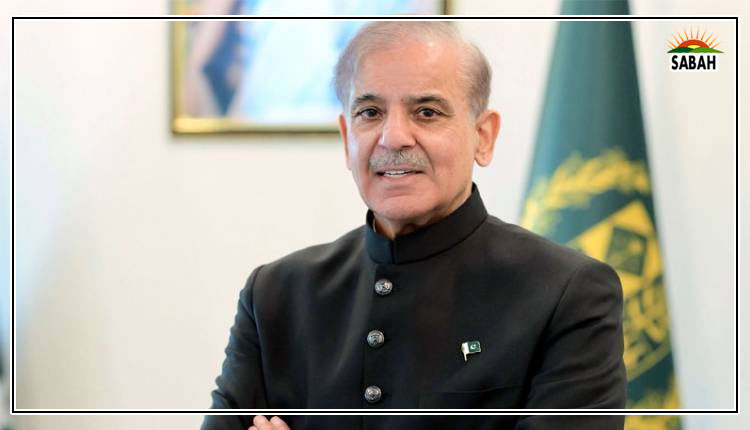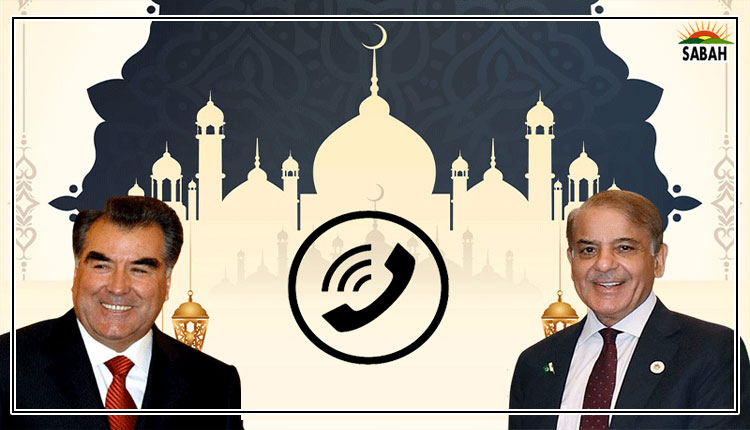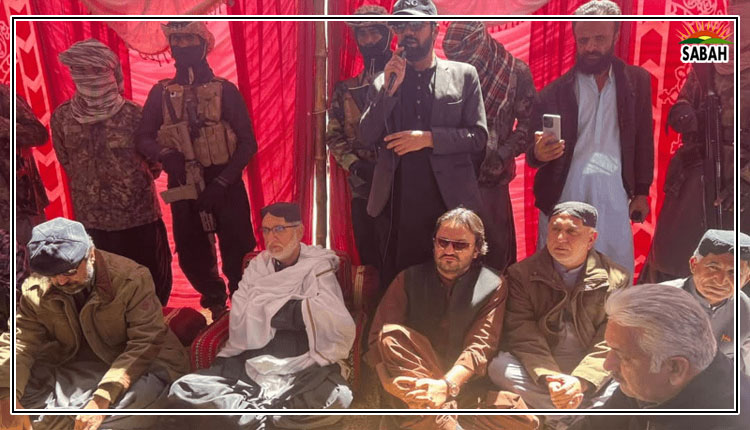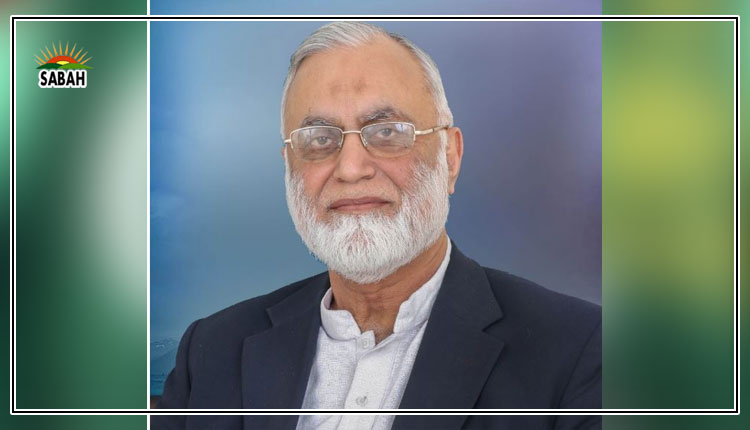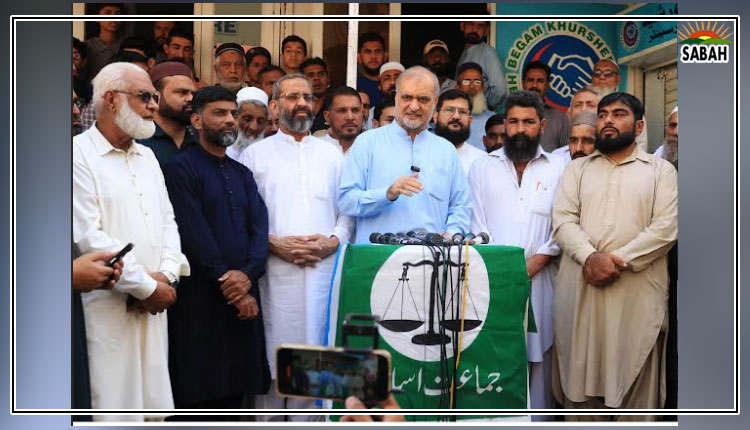Careful strategy …… Muhammad Ijaz Ul Haq
Recent developments on the global and regional arena require careful attention from our policymakers on how to position Pakistan’s foreign policy and military strategy from a strategic positioning standpoint.
These developments include the ongoing conflict in the Middle East, the recent Putin-Xi summit, the standoff with the Afghan Taliban regime, the SCO summit in Astana, and the newly elected Turk-Iranian President Masoud Pezeshkian.
This challenging time demands that regional like-minded countries (Turkiye, Pakistan, Azerbaijan, and other Organization of Turkic States (OTS) countries) increase cooperation, not only economically but also strategically. These OTS nations have made great progress towards the revival or renaissance of TURAN which is referred to as a specific region in Central Asia. The term ‘TURAN’ is perceived as denoting lands inhabited by Turkic-speaking tribes. It appears next to Iran on numerous maps of the 19th century — a region encompassing modern Uzbekistan, Kazakhstan, Kyrgyzstan, Tajikistan, Turkmenistan and northern parts of Pakistan and Afghanistan. This area roughly corresponds to what is called Central Asia today.
Historically, TURAN was not really defined by fixed borders; rather, it embraces the unity of all Turks regardless of where they live — and works for the common goal which is based on their culture, tradition etc. For example, the Hazara community living in Pakistan and Afghanistan belongs to the Turkic race.
Pakistan and Central Asian Republics have many things in common like the religion of Islam, a tribal system, architecture, art, design, and a common TURANIC background etc. Turkestan was also named TURAN; the mountainous areas of northern Pakistan were part of Greater TURAN as depicted in historical maps. A list of the areas mentioned in the map as part of TURAN is: Khwarazm, Bukhara with Balkh, Shehersebz (near Bukhara), Hissar, Kokand, Durwaz, Karategin, Kunduz, Kafiristan, Chitral, Gilgit, Iskardu, the northern steppes (Kazakhstan).
The Turan concept in the modern day is composed of an organization of existing Turkic states that is led by Turkiye. Turkmenistan and Hungary have observer status while Tajikistan has not yet the part of OTS states.
The objective of this OTS membership initiative is: one, Pakistan to join the Organization of Turkish States (OTS) as a member; two, Pakistan’s participation in the Organization of Turkic States as a member or the TURAN Corridor can bring substantial benefits, including economic growth, increased trade, enhanced geopolitical influence and improved infrastructure; three, enhancing geoeconomic ties and defining joint strategies for international relations & foreign policy; and four, out of the box solutions in the current geopolitical situation.
Pakistan has sectarian, territorial and terrorism problems. The alliance with the OTS states will give a new dimension in terms of new opportunities as far as trade and economic growth is concerned). Trade opportunities are not materializing at their full potential with Afghanistan. The OTS member status will help overcome these challenges. Plus, Pakistan can leverage the Middle Corridor, Iraq development project, Transcaspian opportunities, CPEC extension to OTS states etc.
This, therefore, is in the greater ‘national interest’ of Pakistan for our policymakers to start thinking about linking our strategic and commercial interests with the renaissance of TURAN. As a first strategic move, Pakistan must seek Observer Status in the Organization of Turkic States followed by getting full membership shortly.
If Turkiye, Azerbaijan, and Pakistan along with other OTS central Asian countries can join hands for the development of such a strong alliance, many other countries will follow. That will be the beginning of the demolition of existing fault lines in case any escalation takes place in the Middle East or in our dominion of influence.
The writer is the president of the Pakistan Muslim League (Z). He tweets/posts @ijazulhaq
Courtesy The News


